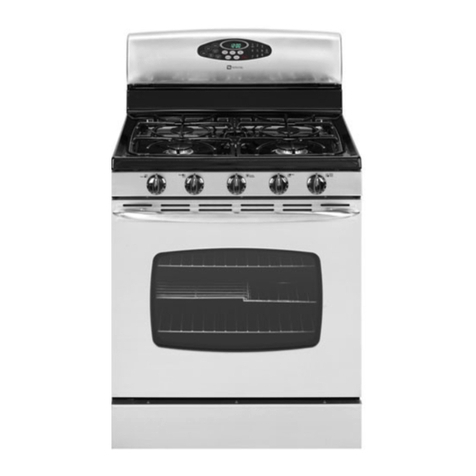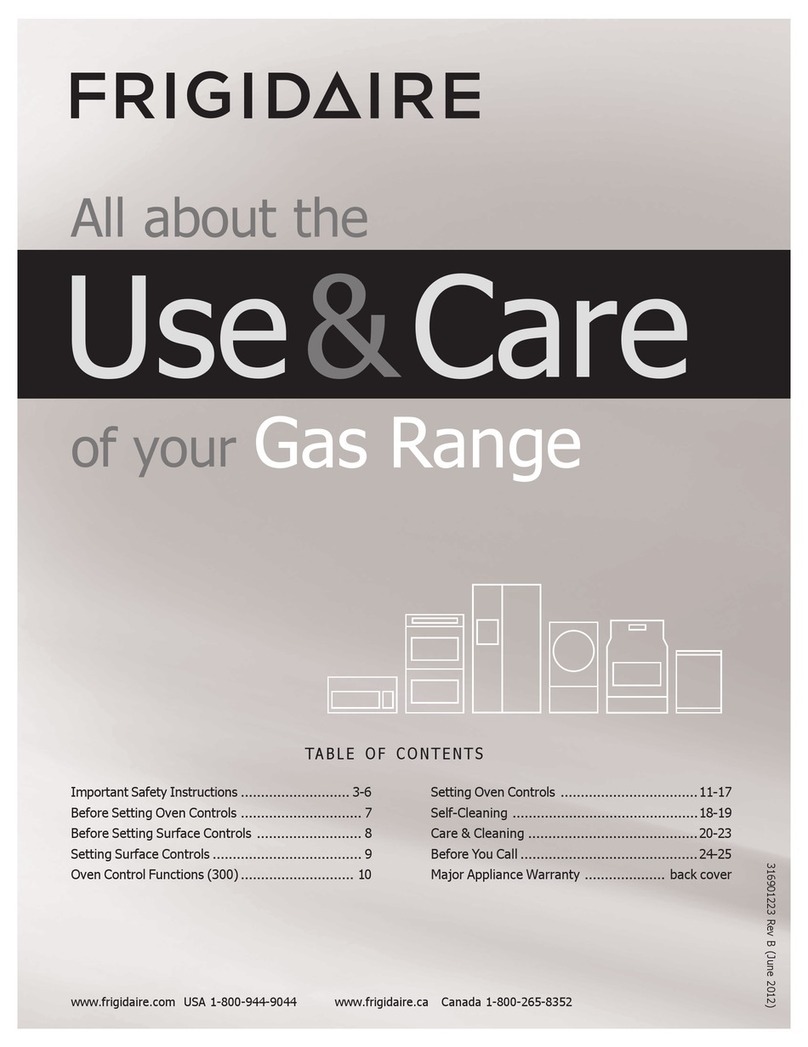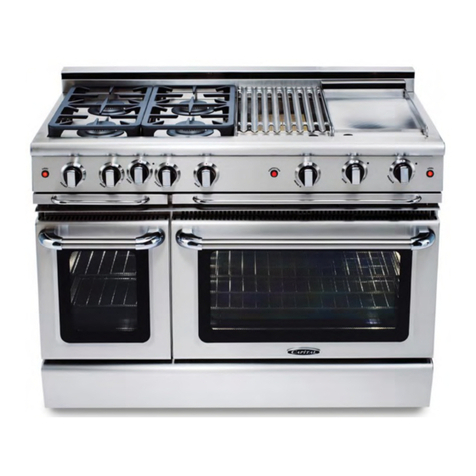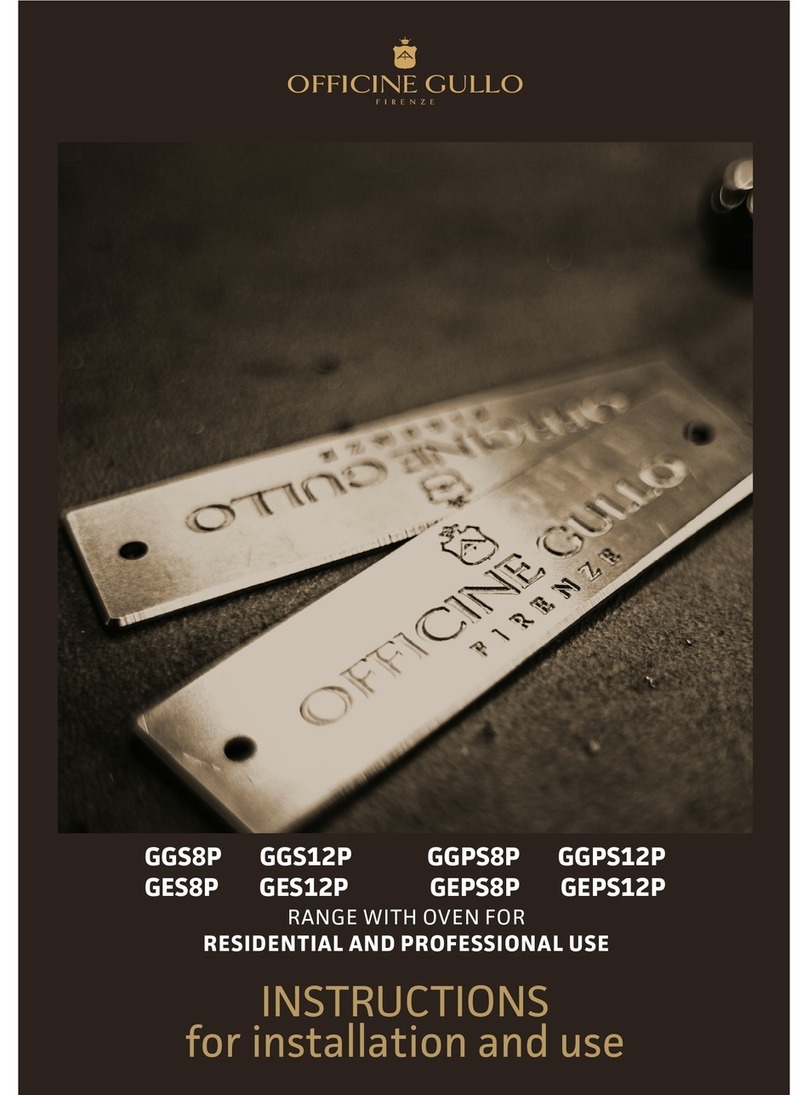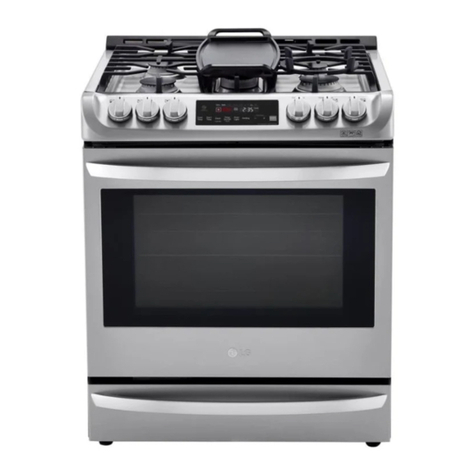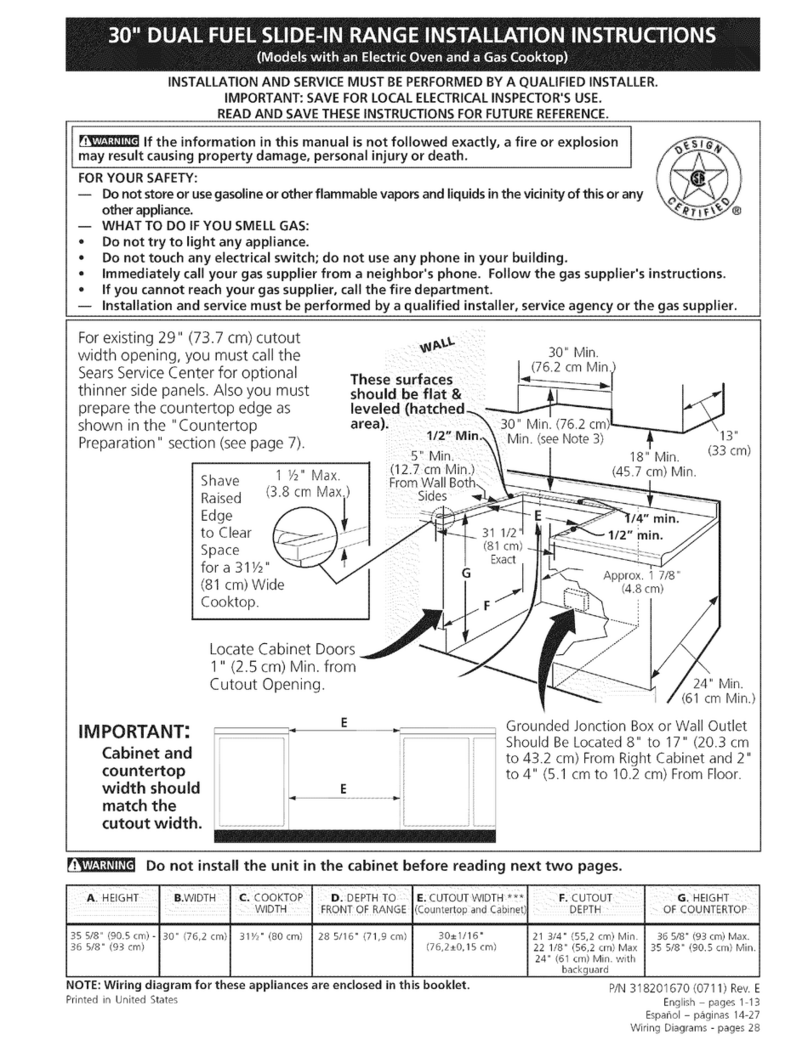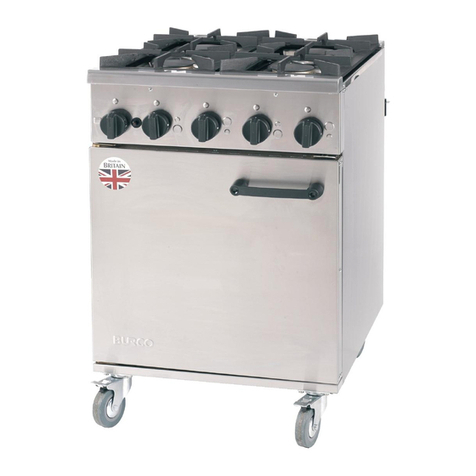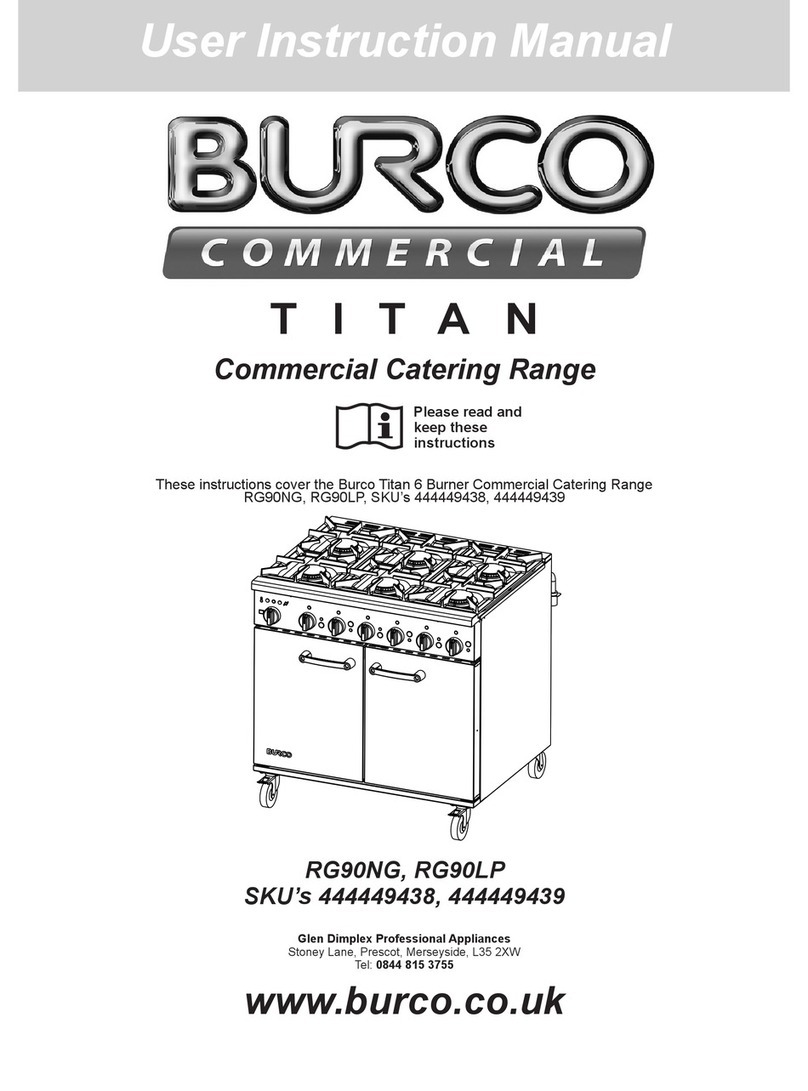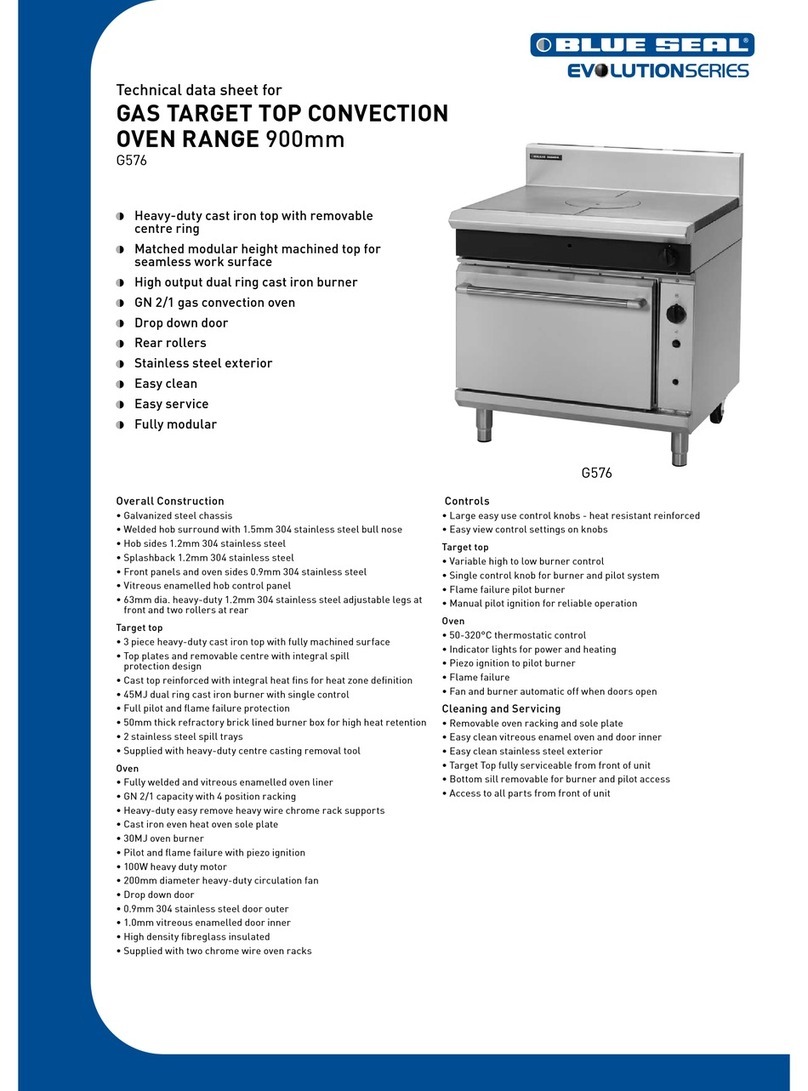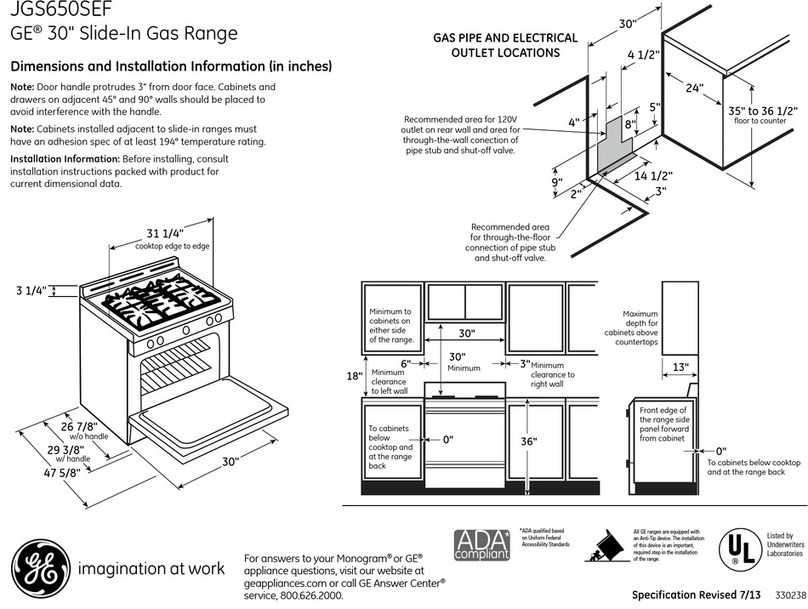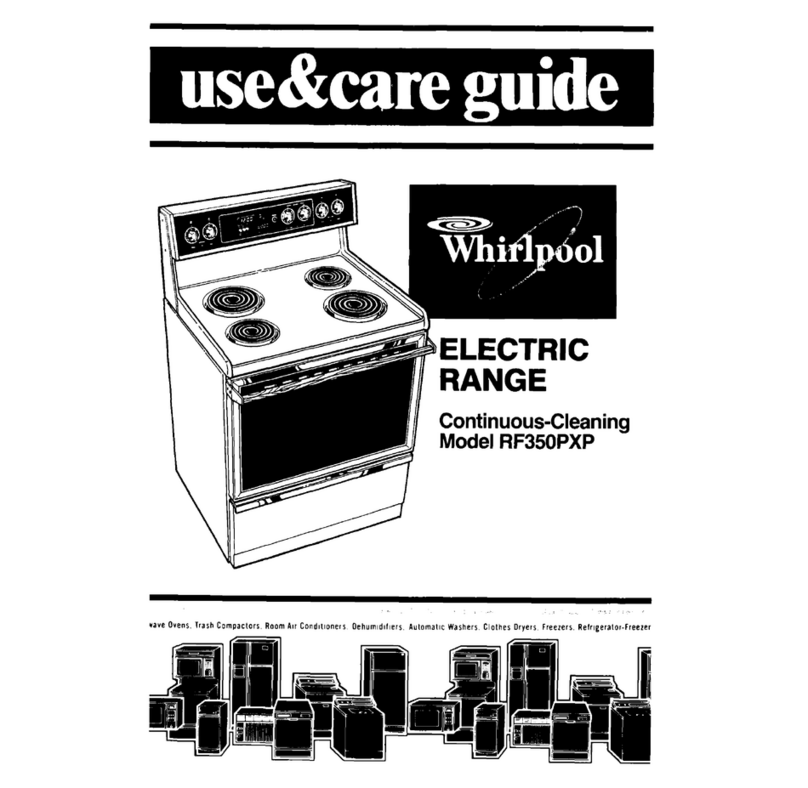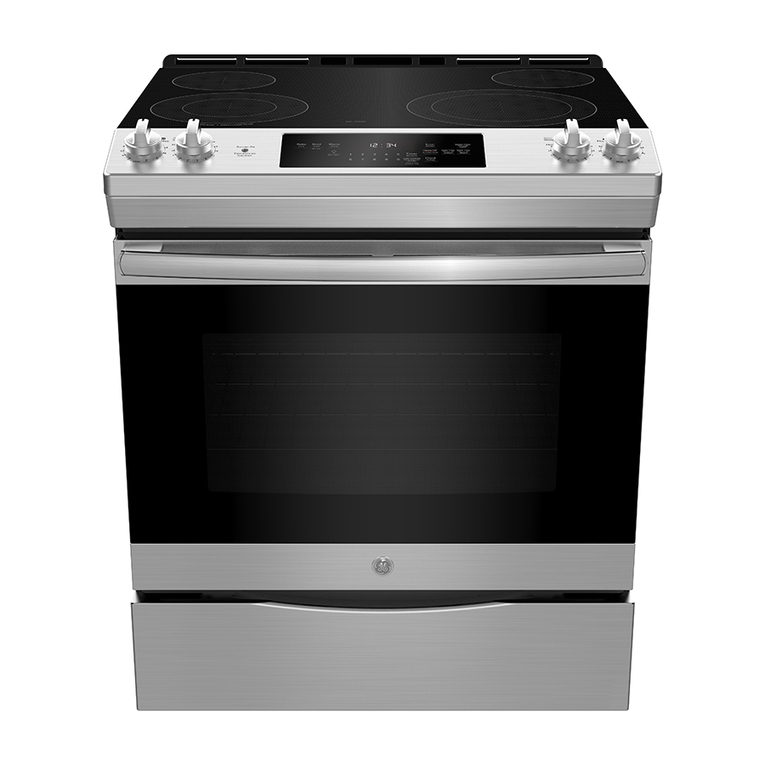INTRODUCTION
This appliance must be installed by a competent person in compliance with the installation
and servicing instructions and national regulations in force at the time.
Particular attention must be paid to the following:
Gas Safety (Installation & Use) Regulations.
Health and Safety at Work etc Act.
Adjustment must not be made by the user to parts which are protected by the
manufacturer.
Users of this appliance should be conversant with the appropriate provisions of the
Regulatory Reform Order (Fire Safety) and the requirements of the Gas Safety
Regulations, in particular, the need to service the appliance on a regular basis to ensure
the continued safe and efcient performance of the appliance.
Always ensure that a competent person undertakes any servicing.
This appliance must be earthed.
After installation, the installer must ensure that the user is instructed on the safe use of this
appliance, and has a copy of the user guide left with them for reference.
This equipment is only for professional use, and should only be operated by
qualied persons.
It is the responsibility of the supervisor or equivalent to ensure that users wear suitable
protective clothing and draw attention to the fact that some parts will, by necessity,
become very hot and will cause burns if touched accidently.
If the appliance is tted with castors, please take care to ensure that the front castors are
locked when the appliance is in use. Take care when moving the appliance.
When using the appliance:
9Always ensure that pan bases are dry, and at before using them on the hob.
9Always position pans over the centre of the burner, and turn the handles to a safe
position so they cannot be knocked or grabbed.
9Always use pans which are the correct size for this appliance (125mm - 420mm).
9Always take care when removing food from the oven as the area around the cavity may
be hot.
9Always use oven gloves when handling any utensils which have been in the oven as
they will be hot.
9Always make sure that the oven shelves are secured correctly.
8Never use double pans, rimbased pans, old or misshapen pans, or any pan which is
not stable on a at surface.
8Never leave cooking fat, or oil, unattended.
8Never use the hob for any other purpose than cooking food.
8Plastic cooking utensils can melt if they come into contact with a warm hob. Never
leave them close to, or on top of, the hob.
8Never leave the burner alight without a pan covering it. This causes a re hazard.
8Do not place items on the door while it is open.
8Do not wrap foil around the oven shelves.
8Do not drape tea towels near the oven while it is on, this will cause a re hazard.
8Do not use this appliance to heat anything other than food items, and do not use it for
heating the room.
WARNING - DOMESTIC TYPE FLEXIBLE RUBBER TUBE CONNECTIONS
MUST NOT BE USED WITH THIS APPLIANCE. ONLY TUBE COMPLYING
WITH BS669 PART 2. SPECIFICATION FOR CORRUGATED METALLIC
FLEXIBLE HOSES FOR CATERING APPLIANCES, SHALL BE USED.
WARNING - WHEN APPLIANCES ARE STORED FOR LONG PERIODS PRIOR
